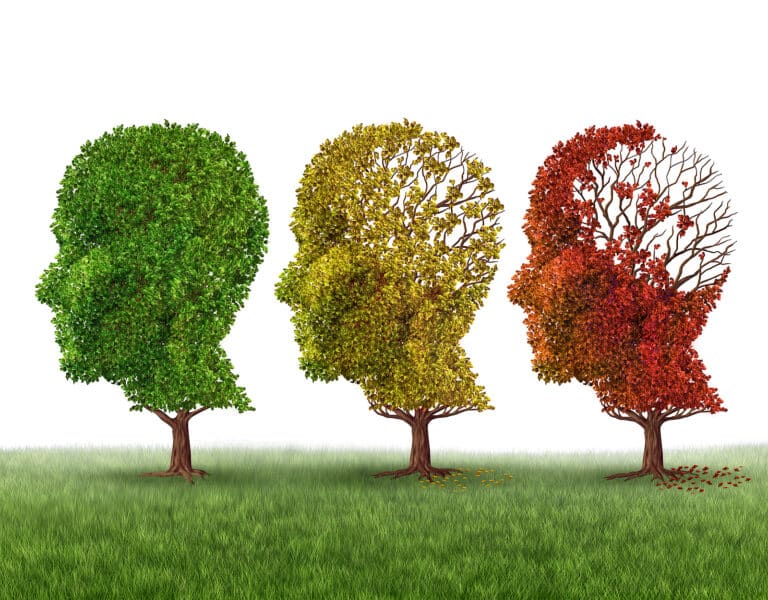I’ve lost count of how many times I’ve found myself at a loss for words when trying to communicate with my mother, who is struggling with Alzheimer’s/Dementia. There were moments when I longed to make her understand the intent behind my words and actions, all meant for her well-being. However, no matter how hard I tried to explain things, it seemed to only escalate her confusion or agitation. It was evident that she desperately wished to convey her needs, but the ability to articulate her thoughts had slipped away.
On one of her better days, she described her Alzheimer’s like, “living in an empty room in solitude.” She could glimpse her family through the window, yearning to connect, yet found herself unable to engage with us. Her recounting of this story brought tears to her eyes, underscoring the profound loneliness and fear that accompanies living with Alzheimer’s.
Navigating this journey, I’ve gained insights and continue to learn effective ways to communicate with my mother. The challenge of cognitive impairment is widespread, with over 747,000 Canadians facing Alzheimer’s or another form of dementia, according to the Alzheimer’s Association of Canada.
While I acknowledge that my experience is just a drop in a very large bucket, I believe that by supporting and learning from one another’s experiences, we can offer encouragement to those who feel trapped or isolated with their loved ones. Together, through shared understanding, we can make a difference. Join me as I share what has helped me in my journey with my mother.
Visual Cues:
Pictures, symbols, or written prompts
Pictures, symbols, or written prompts help Alzheimer’s patients comprehend and respond to their surroundings, facilitating communication with family members/caregivers and reducing frustration. For example, imagine you’re preparing your loved one for the day. You request them to freshen up, but there’s no response or refusal. Consider this alternative approach: gently guide them to the washroom and place a hairbrush, toothbrush, and washcloth on the counter in front of them, making the objects visible. This visual cue provides a clear indication of the task at hand and what steps to take. After they’ve seen the items for washing up, encourage them to choose the first step by asking what they would like to do first, offering them a sense of autonomy.
Utilizing specific locations
Utilizing specific locations as prompts is effective too. By gently guiding your loved one to the bathroom, this tells them they are in a place for washing up. Another example is during dinner time, guide your loved one to the kitchen table to let them know it is time to eat. Visual cues play a vital role in creating a more predictable and understandable environment. This approach has the potential to reduce stress and improve the overall quality of life for the individual.
Verbal Cues:
Don’t ask a person with short-term memory a short-term question.
Often, I would make the mistake of asking my mom what she had for lunch. She would then respond by enthusiastically saying “I haven’t eaten in days! Nobody feeds me anything!” Later, her caregiver would revel that she actually had a substantial lunch just an hour prior. This experience highlights how common phrases, habits, or causal inquiries, such as “How are you?” or “What did you do yesterday?” can evoke frustration or a sense of inadequacy in individuals struggling with Alzheimer’s, causing them to withdraw and disengage.
Redirect and validate.
After moving my mom into town, leaving behind her home of 42 years on an acreage, the adjustment was challenging for her. She frequently asked, “Can I go home?” Initially responding with a straightforward “no” or insisting that the new place was now her home only heightened her distress. A more effective approach involves asking open-ended questions like “What is your home like?” or “What do you like most about your home?” This not only engages them but also redirects their focus from what they’ve lost, to cherished memories, fostering a more positive interaction.
Remain calm and maintain a positive attitude.
Not too long ago, I witnessed a heartwarming interaction between a caregiver and an Alzheimer’s-afflicted client on a dementia ward while visiting my mom. Another client on the ward experienced a moment of panic, visibly distressed and repeatedly exclaiming, “I don’t know what to do!” In response, a caregiver gently guided her to a chair, knelt to eye level, held her hands, and soothingly said, “Just breathe with me.” Together, they took deep breaths and counted down from 20 to 1. By the end, the client had regained composure, realizing she was safe. Observing this, I couldn’t help but be moved; the caregiver’s effectiveness and calm demeanor were truly remarkable. This example emphasizes the significance of maintaining a calm and positive demeanor. What emanates from you will be transferred to your loved one.
There are so many more effective communications strategies available for those facing dementia. This article is just a basic start to encourage you as you navigate this journey with your loved one. As I spend more time with my mom and others grappling with cognitive impairment, I recognize the depth of my learning path. What I also found to be extremely helpful was my local Alzheimer’s society. Don’t be afraid to reach out – they offer an abundance of free resources, courses, and webinars to assist you. It is important to remember, you don’t need to have all the perfect words and responses at every moment; often, your loved one simply seeks your company, which can be enough. Hannah Basin said it best, “The greatest gift you can give to someone with Alzheimer’s is your time.”
- Getting Everything Done with Gentle Morning Routines - January 28, 2025
- Four Ways To Show Empathy Toward Someone With A Chronic Illness - December 21, 2024
- Encouraging Independence Through Alzheimer’s Home Care - December 6, 2024








